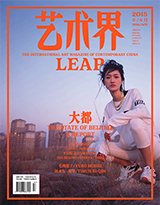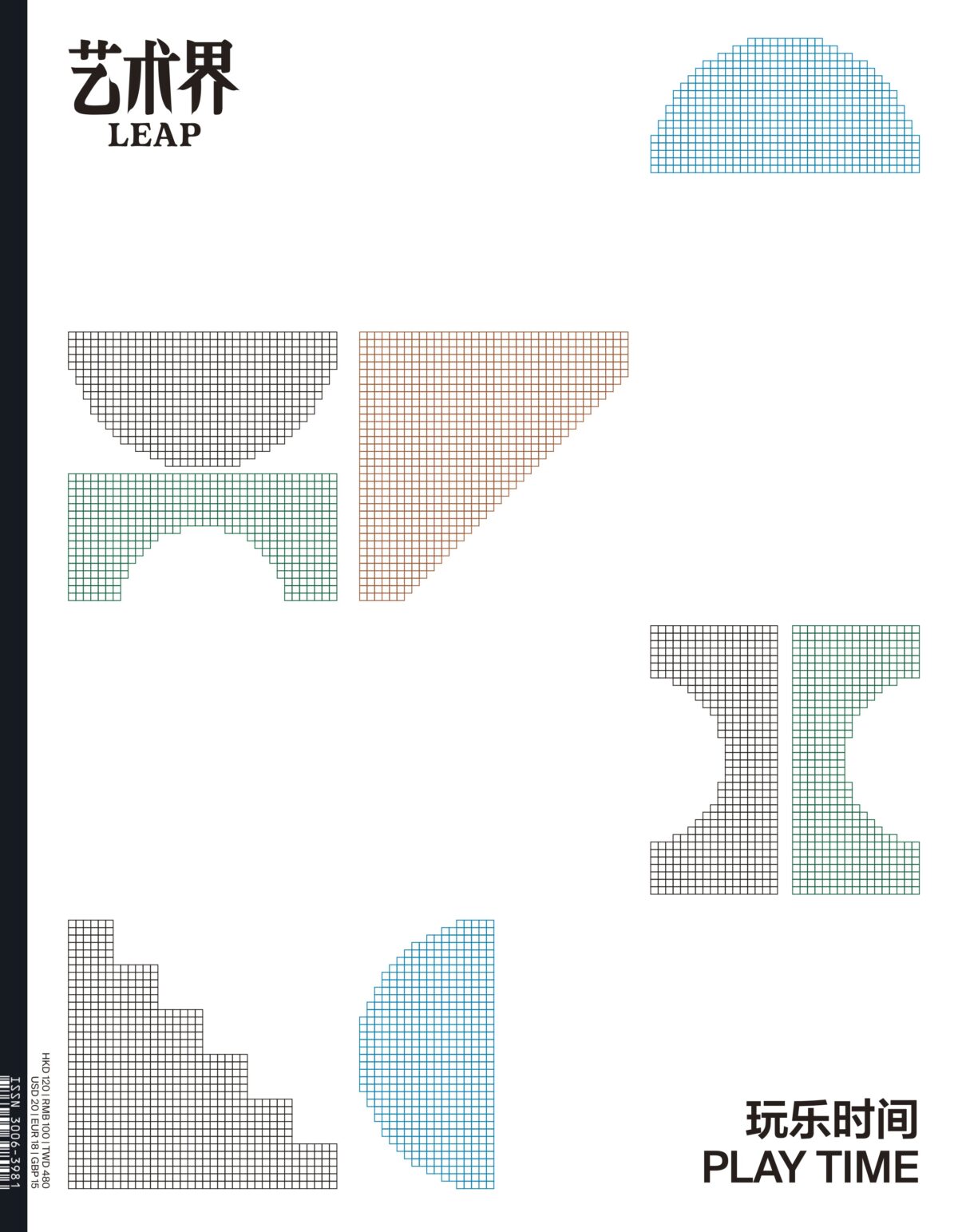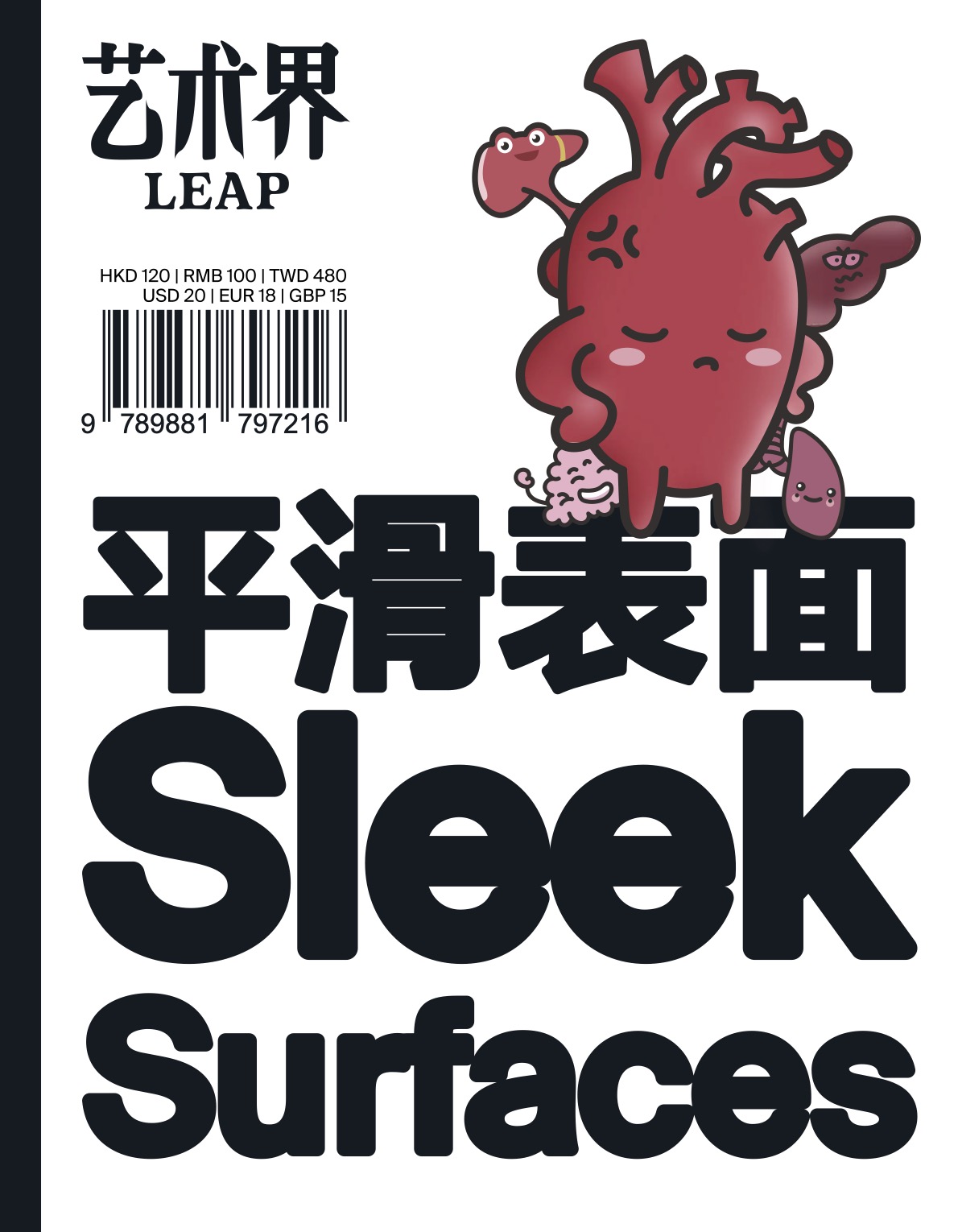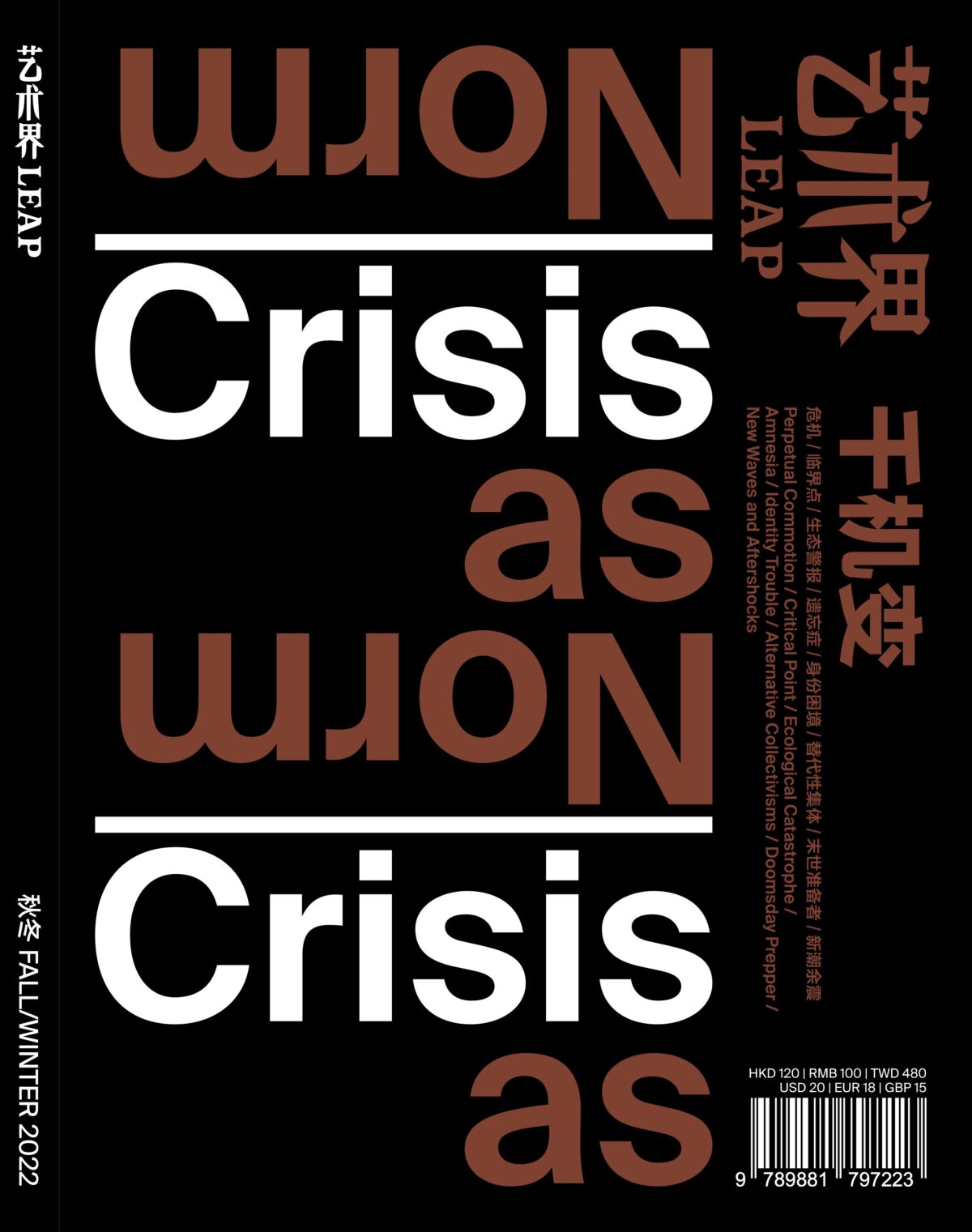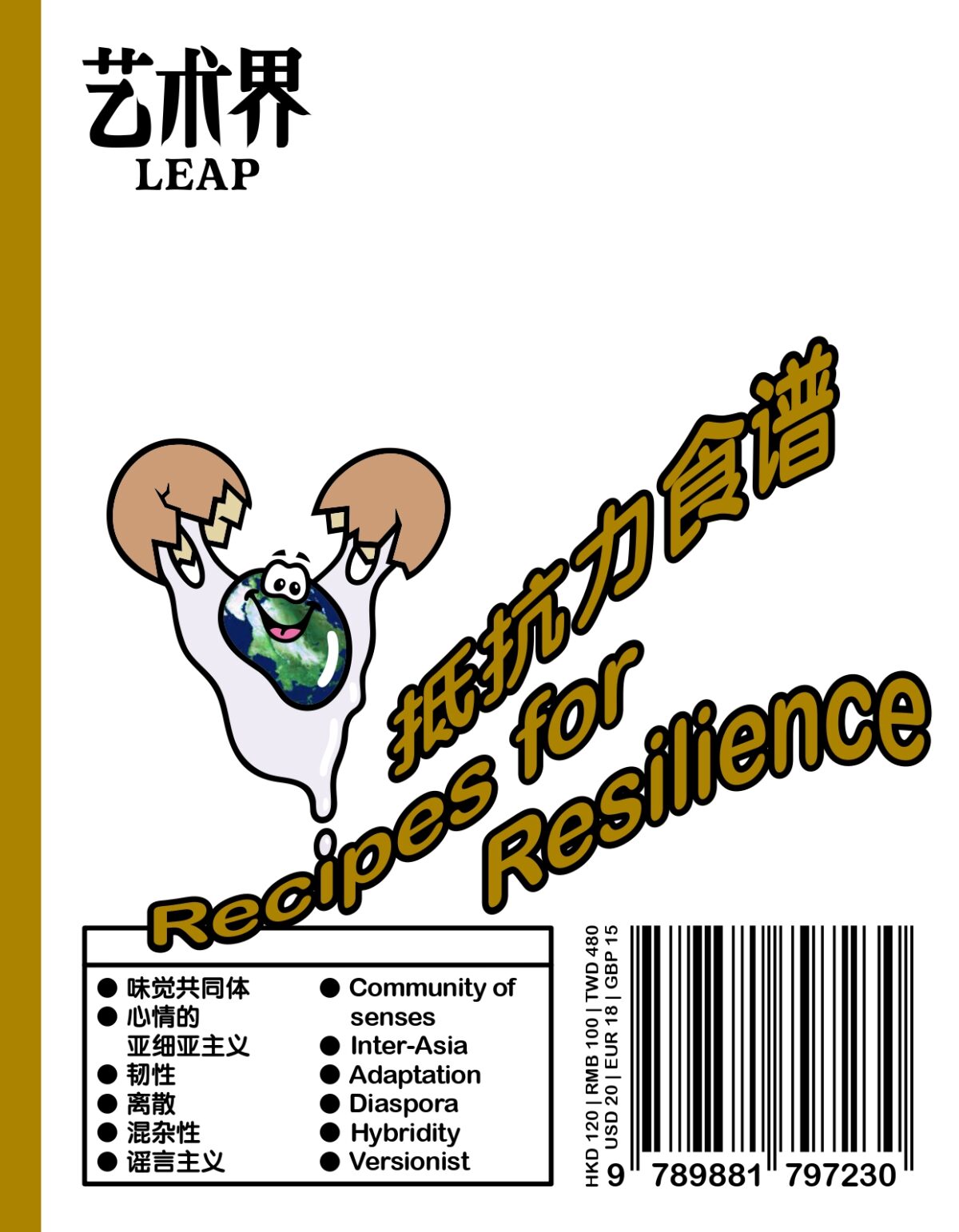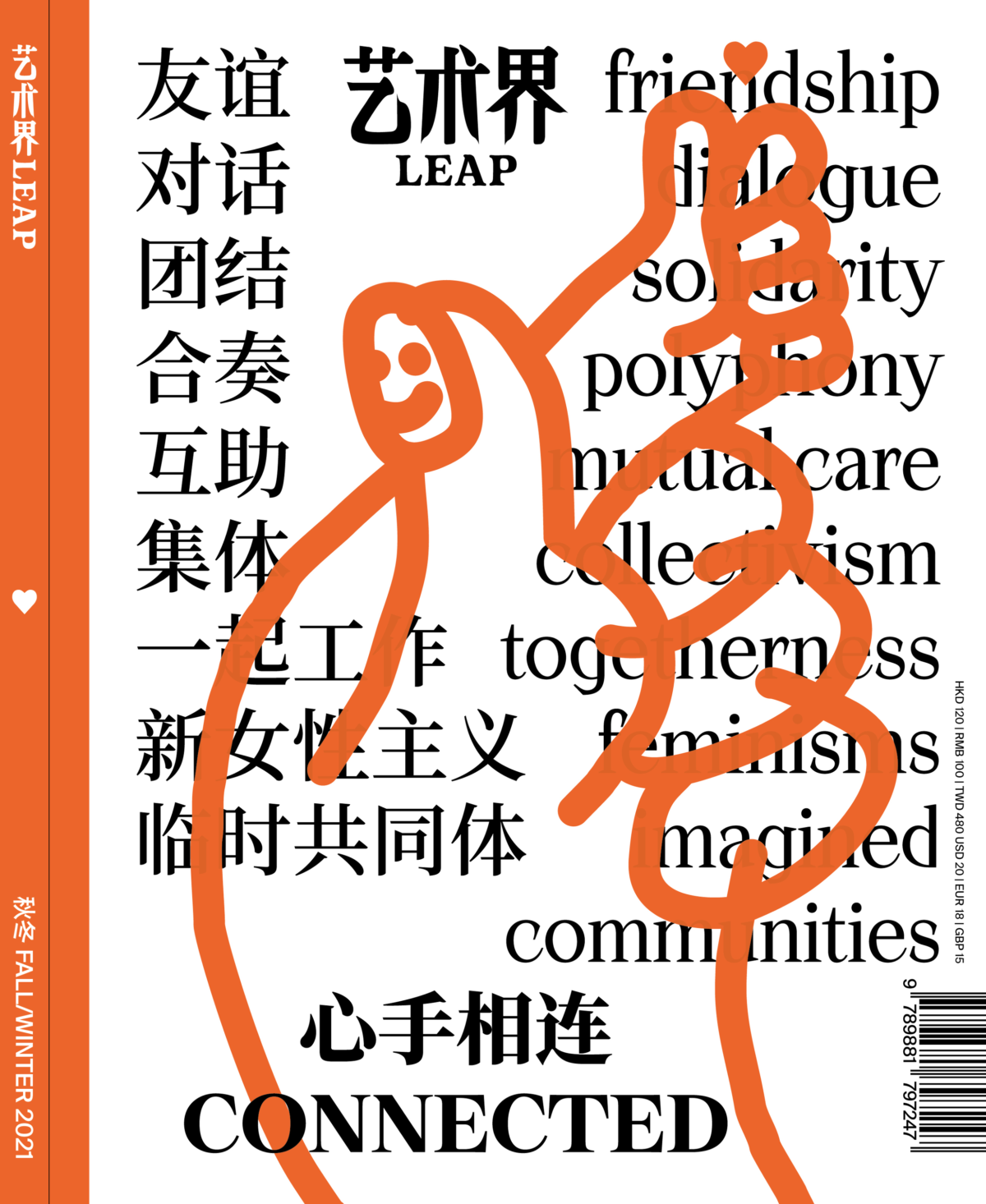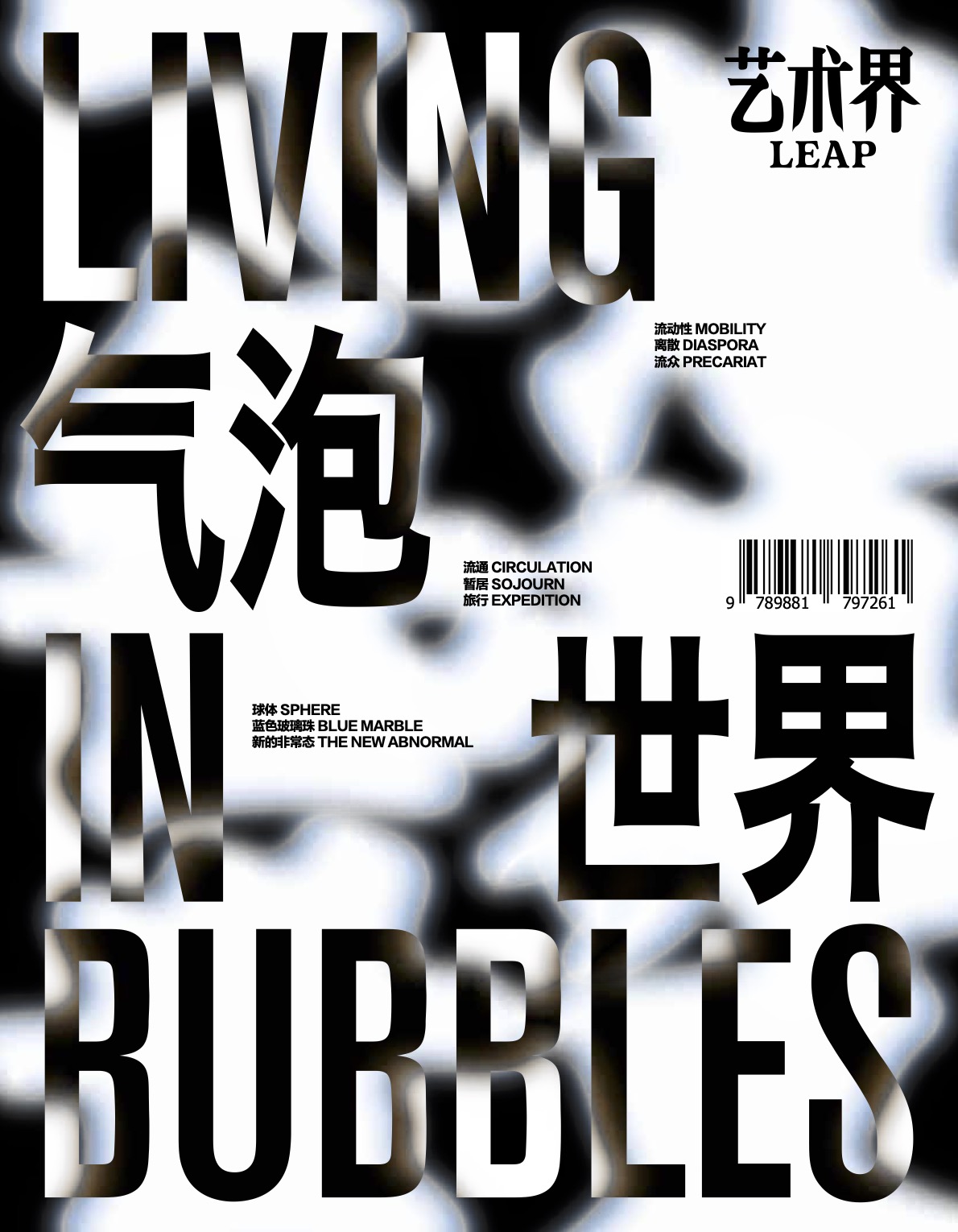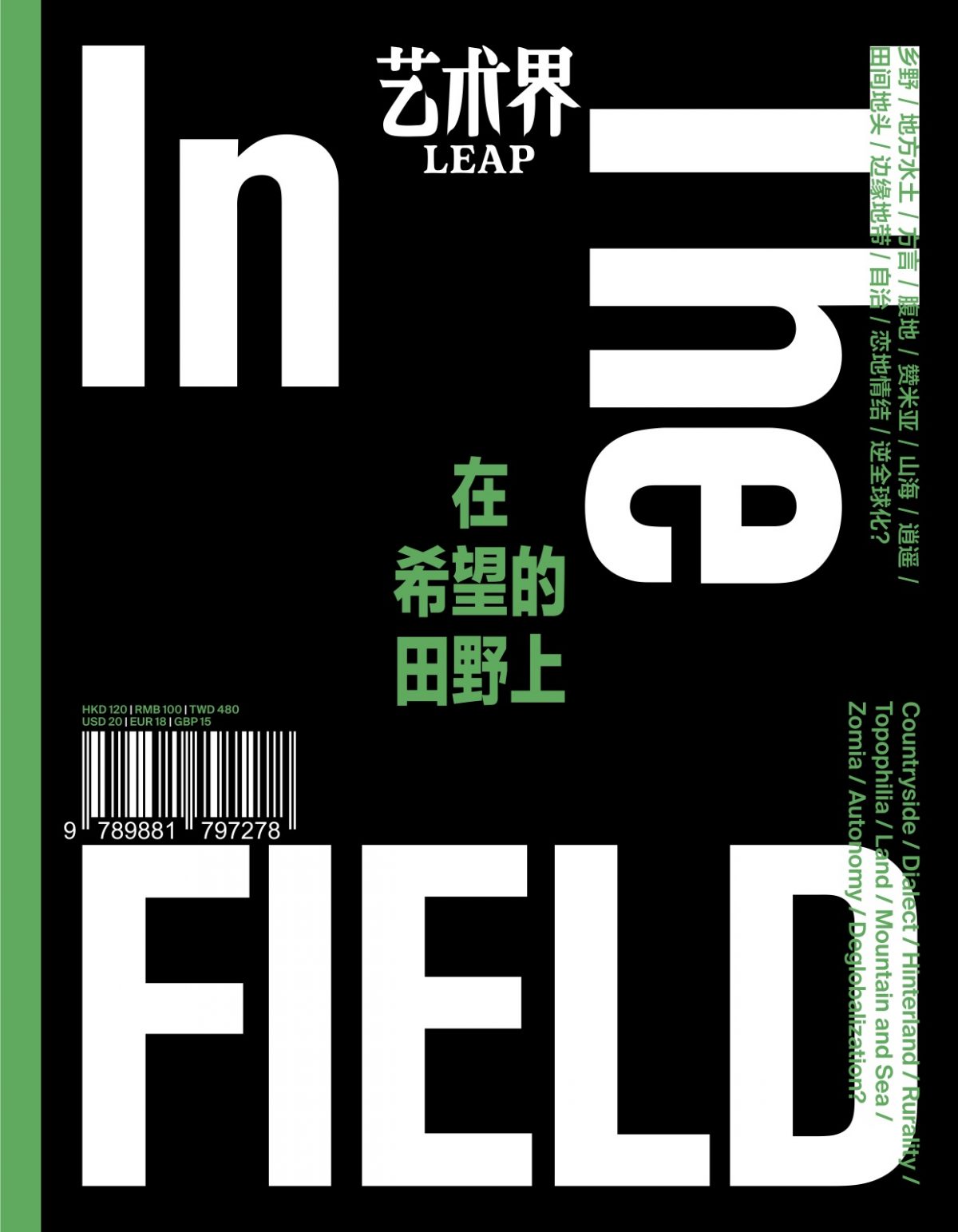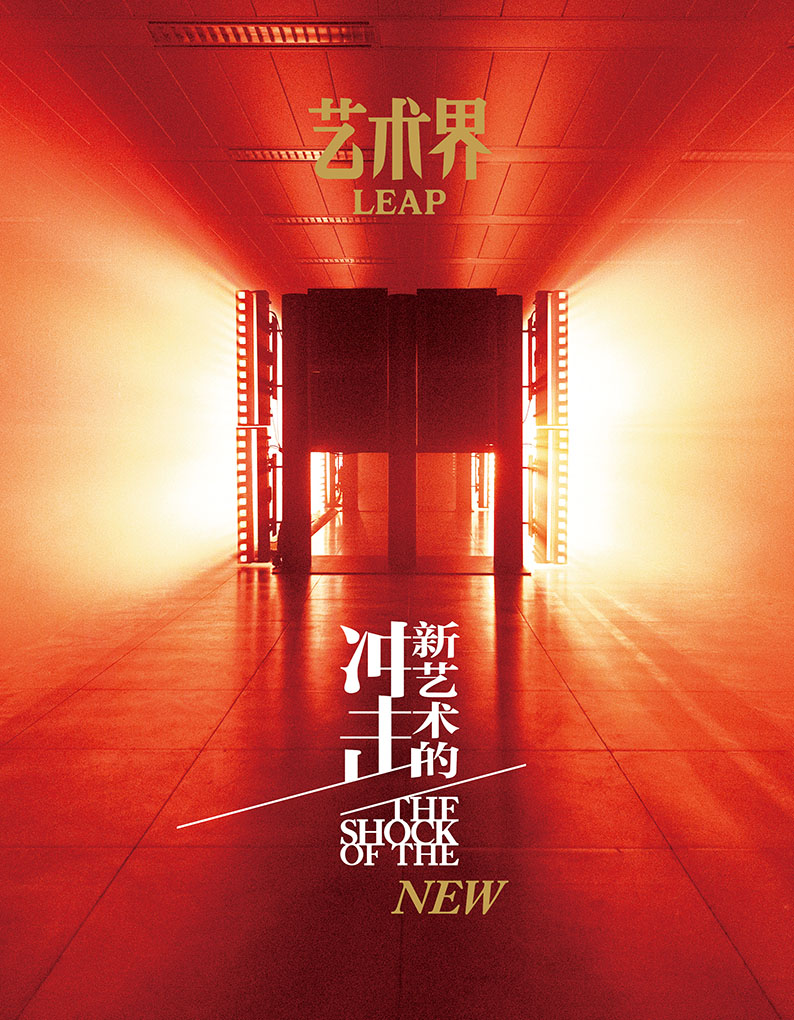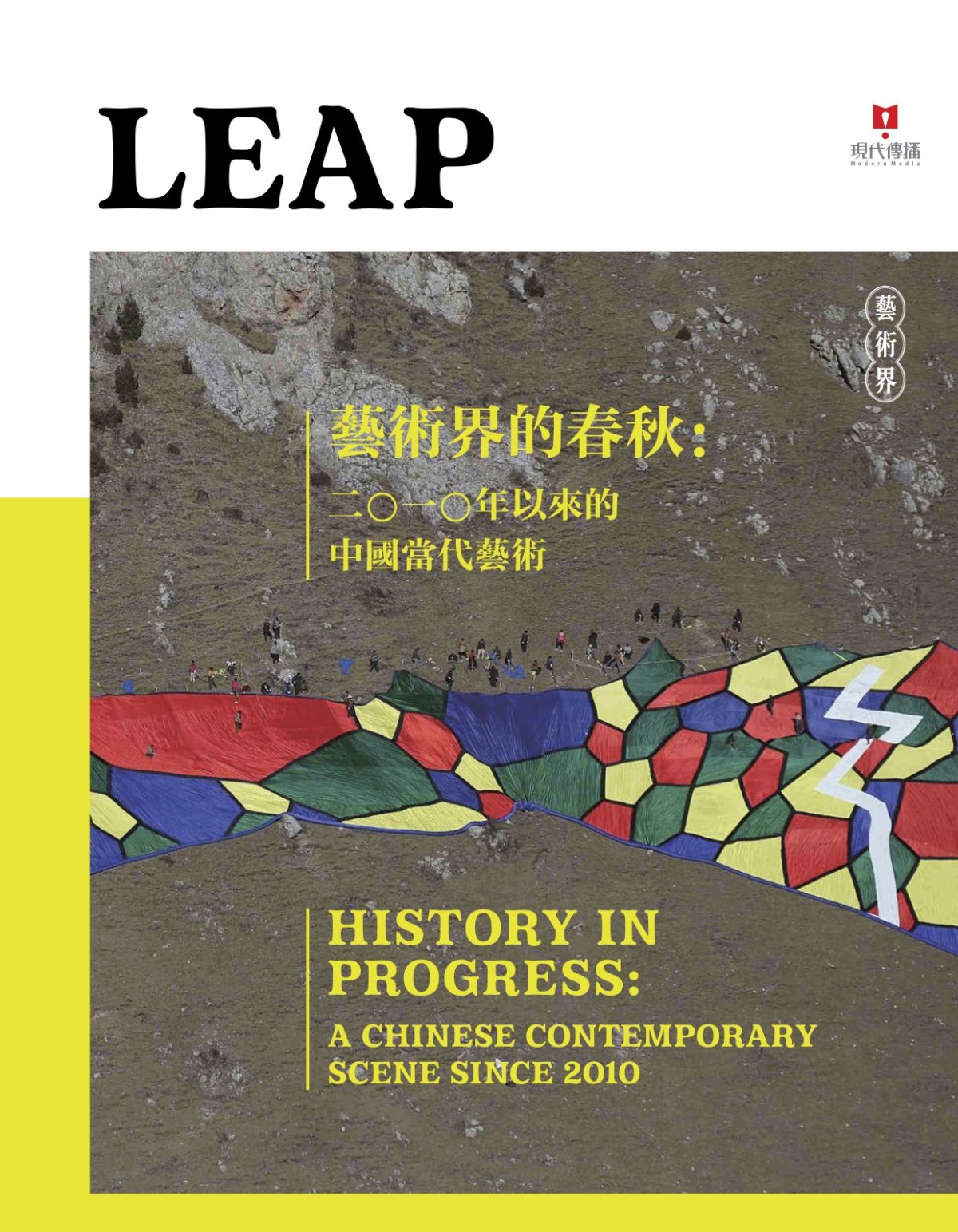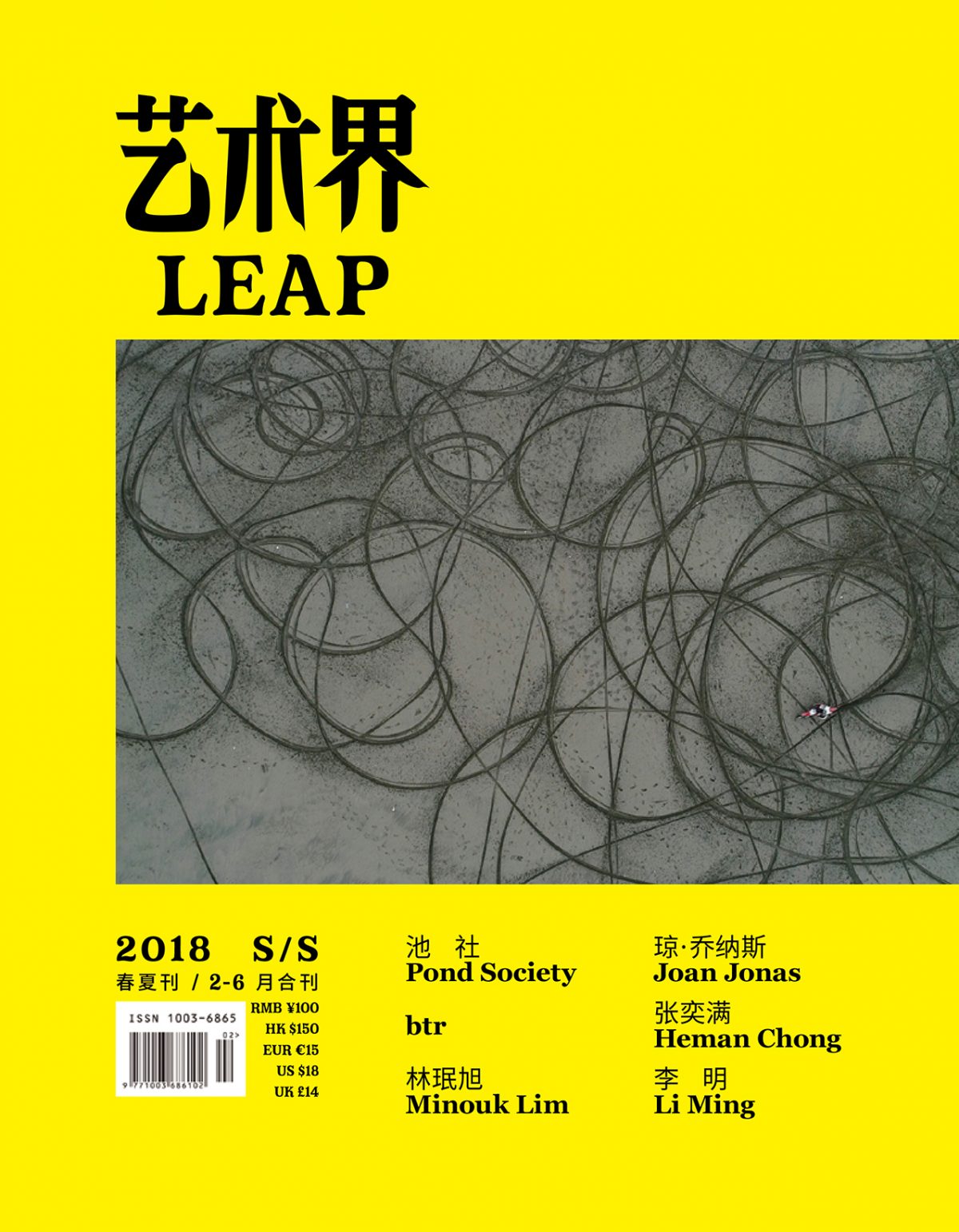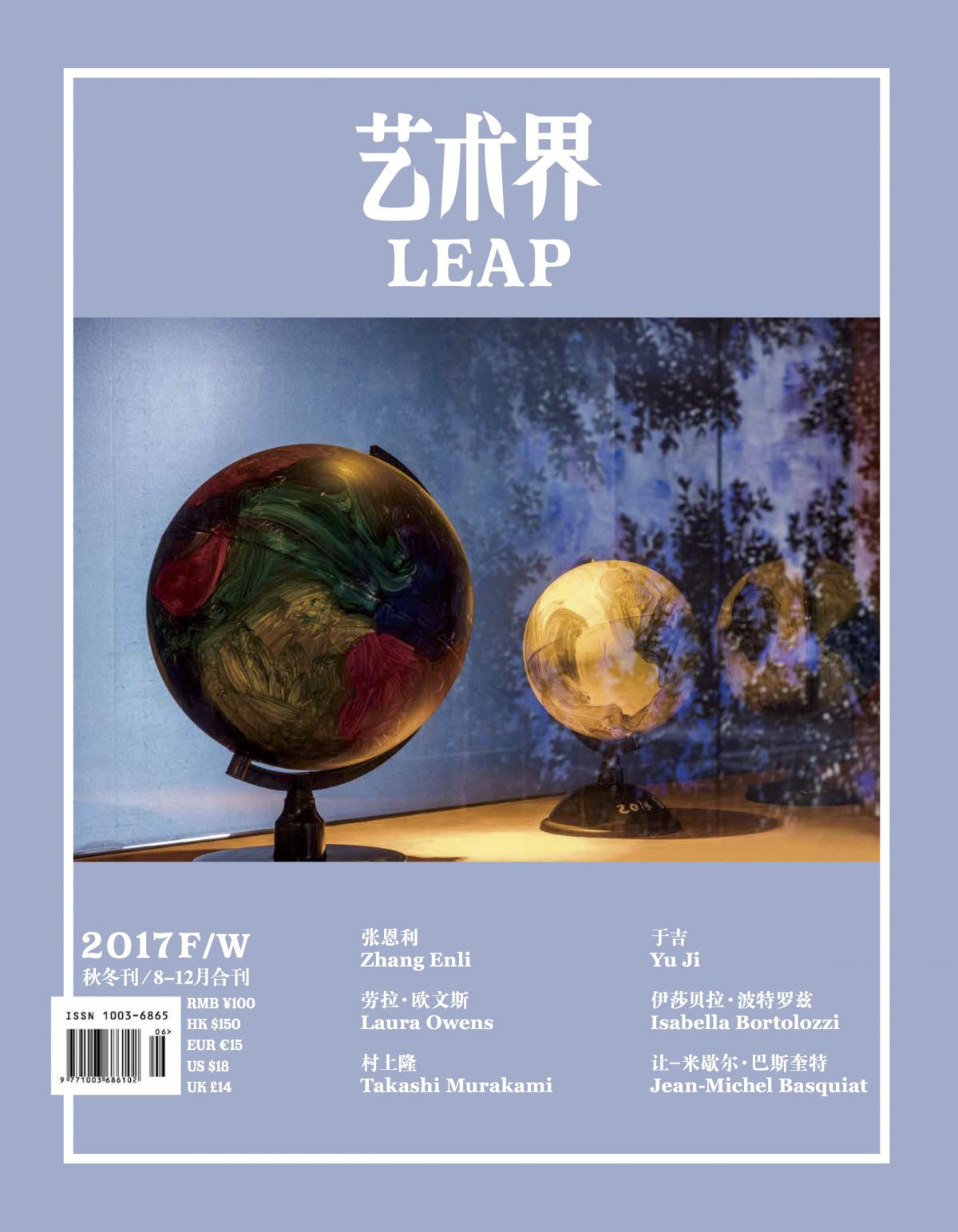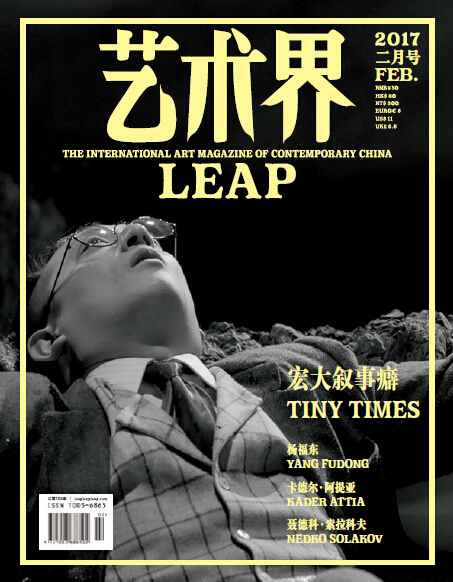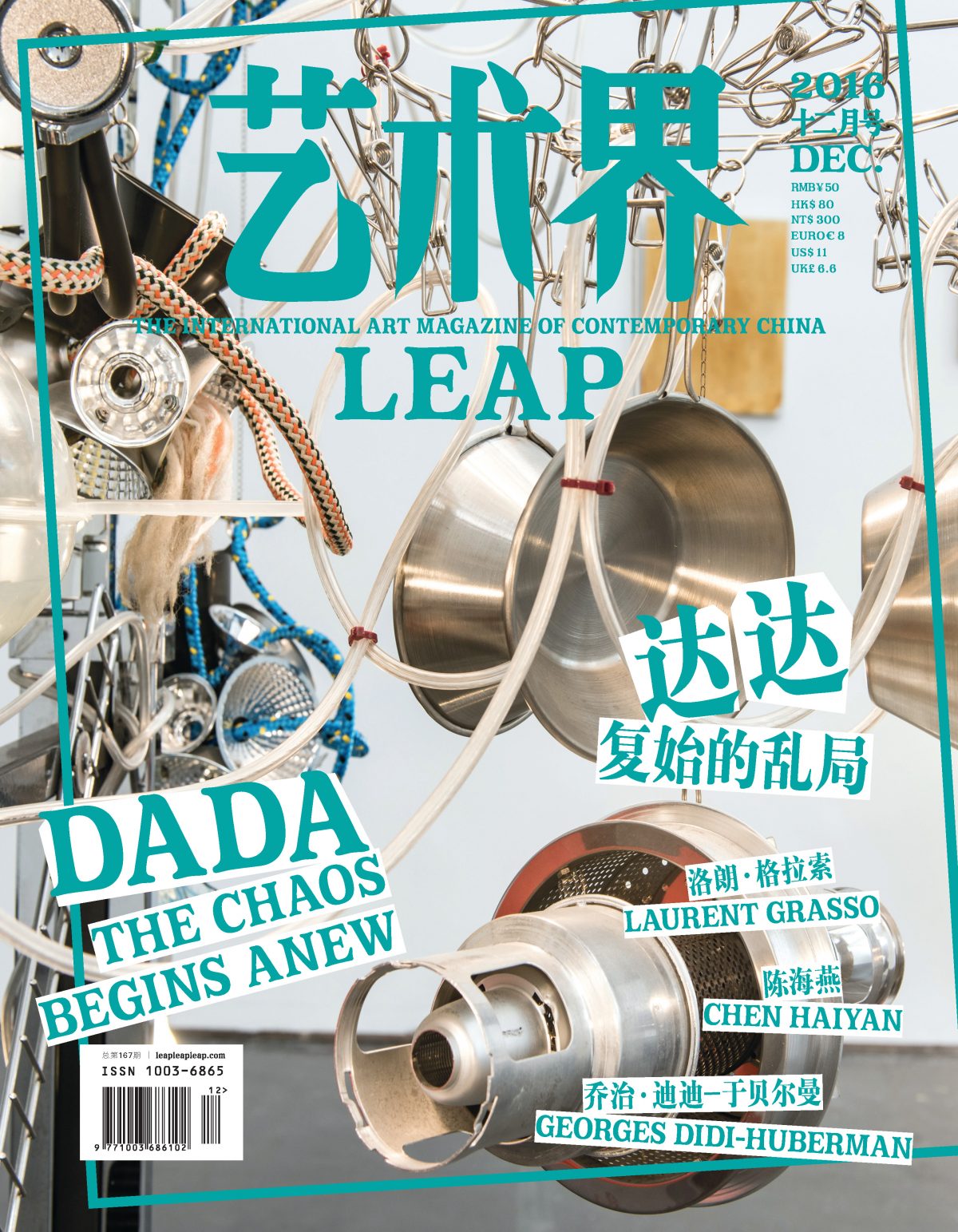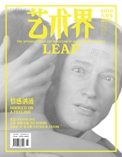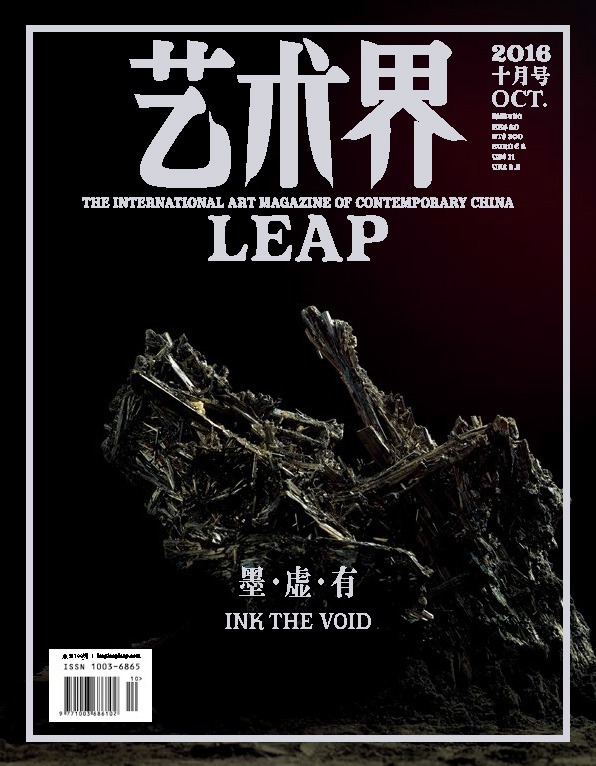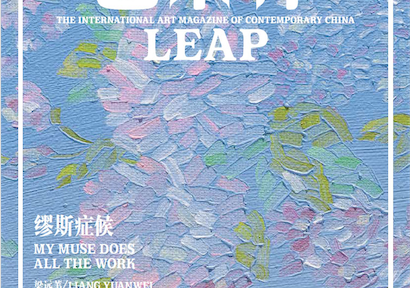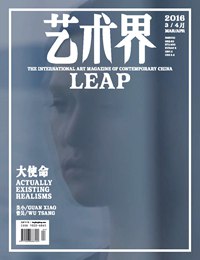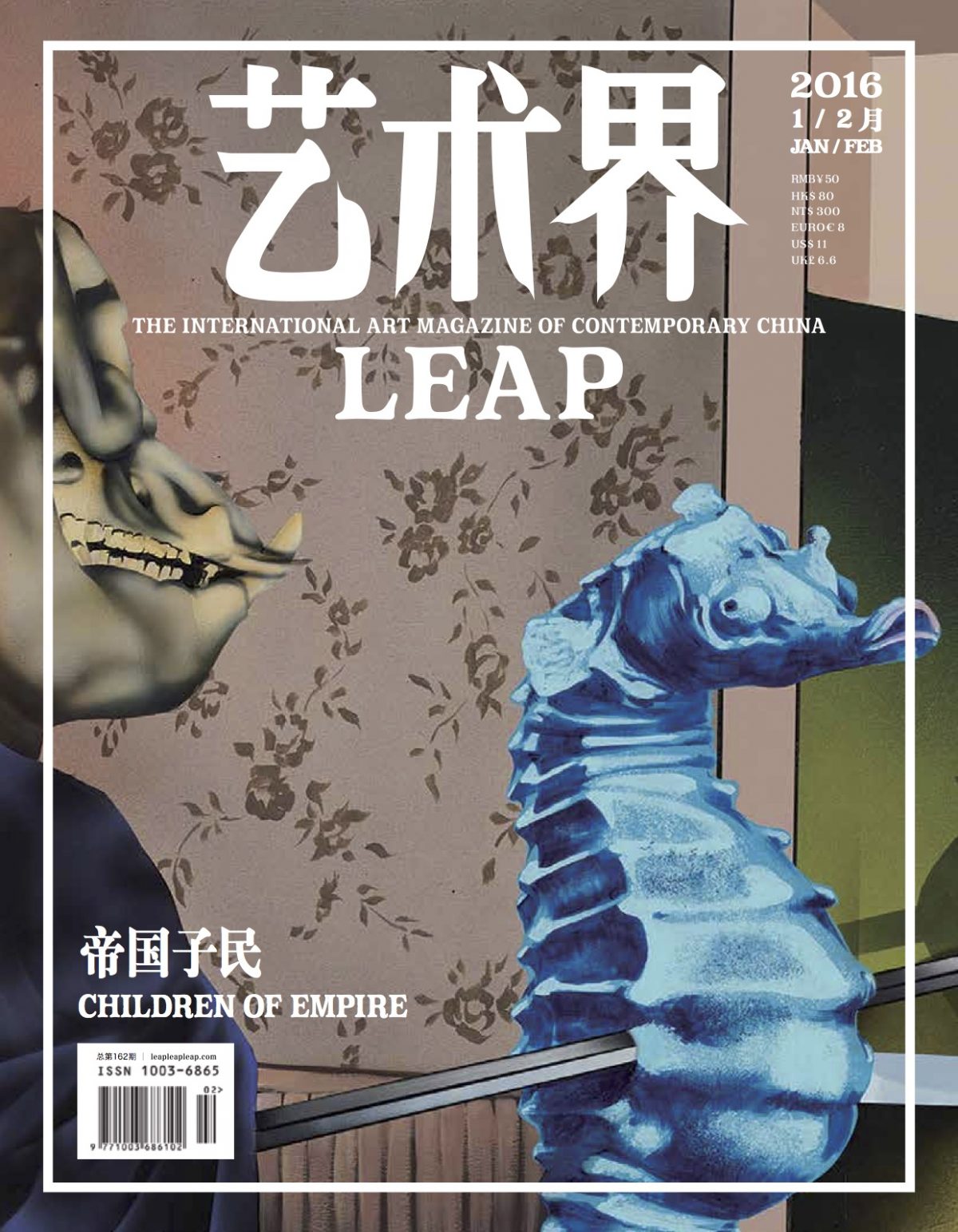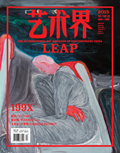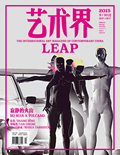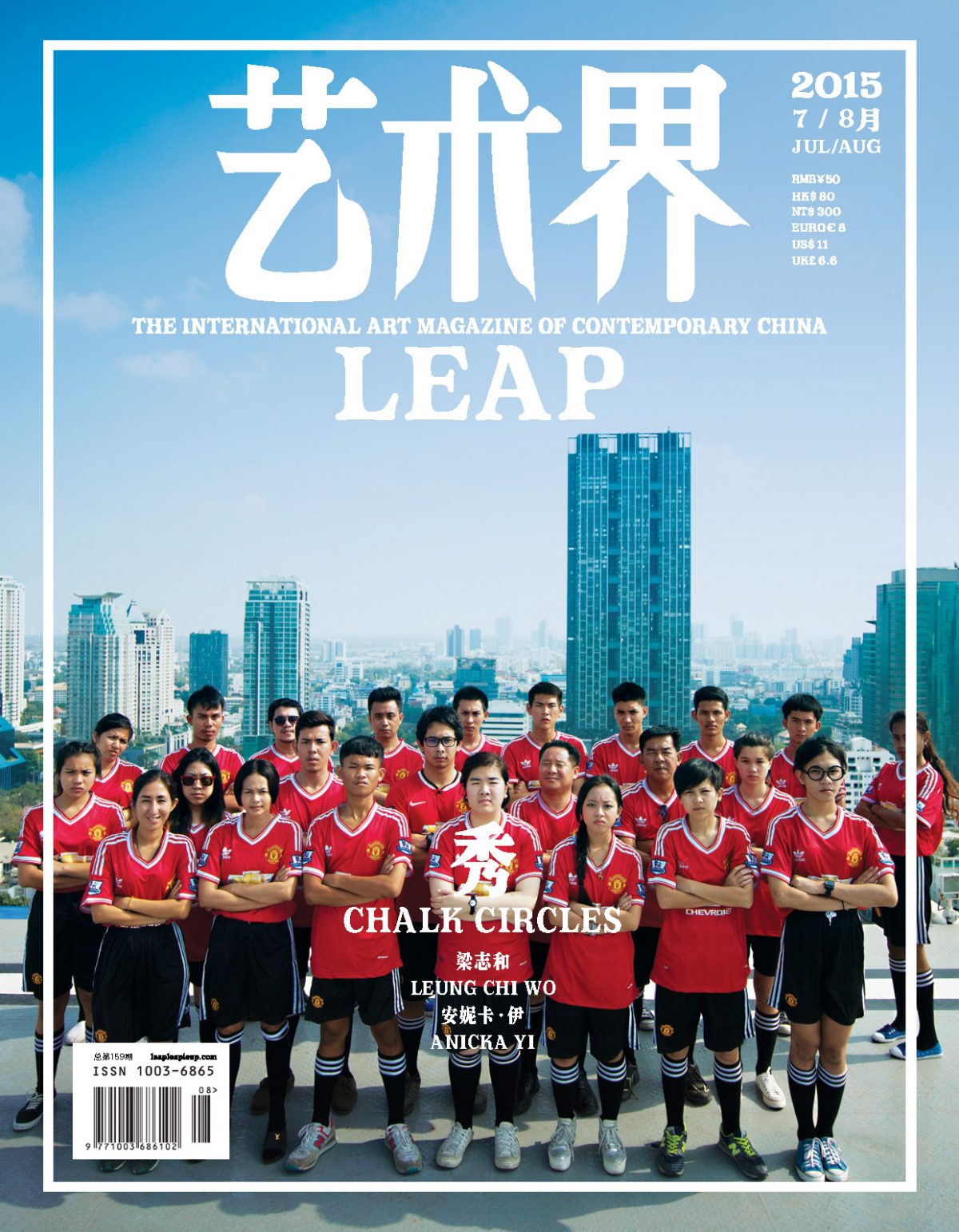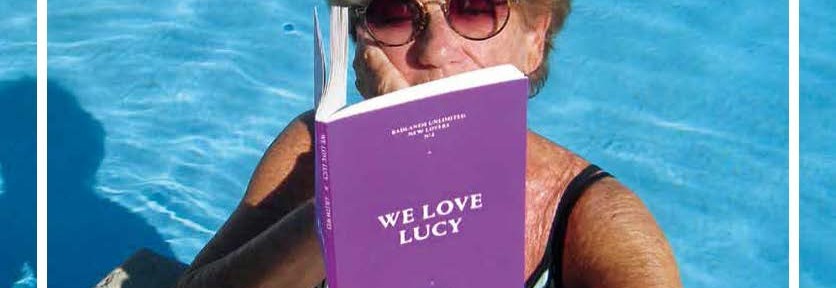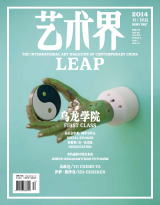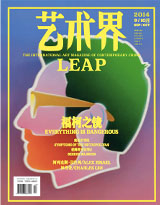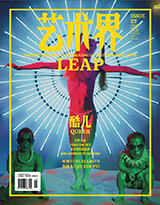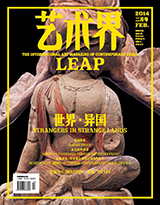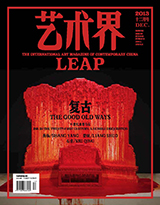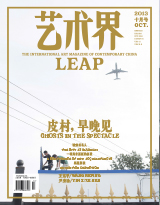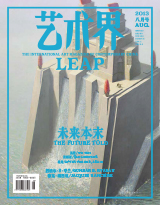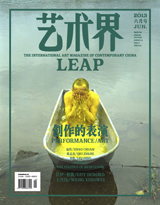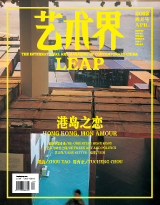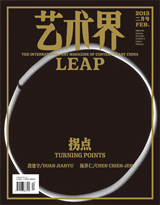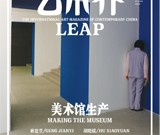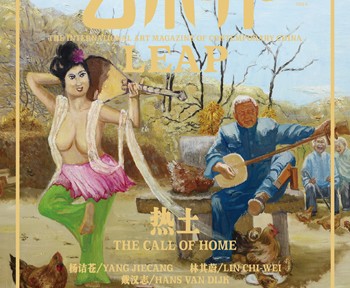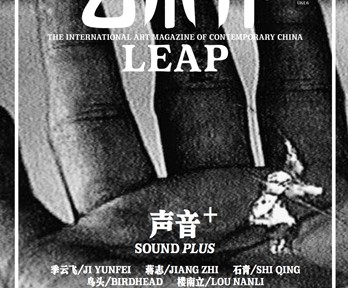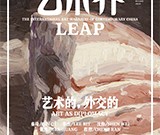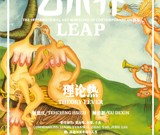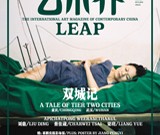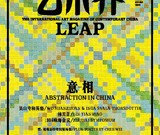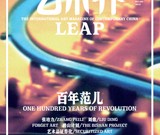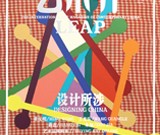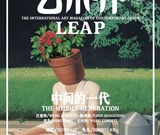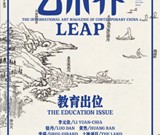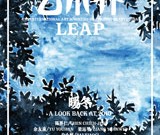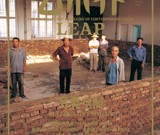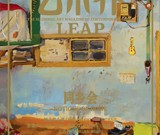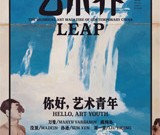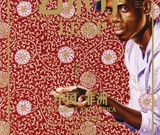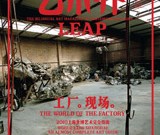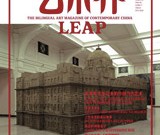Beijing’s political role, historical narrative, geographical structure, and cultural memory culminate in a city where people share a common experience of culture and emotions. At the same time, Beijing’s unbridled growth can feel unfamiliar, a surreal mix of globalization and localization that has allowed Beijing to build its own traditions, becoming an extremely competitive art hub in the process. Yet there are moments where it diverges from this path. LEAP’s April issue, “The State of Beijing: A Report,” looks at the art capital from the perspectives of architecture, geography, exhibition history, and more, shedding a light on the the rawness and weirdness, authority and gravity that Beijing brings to the table.
This issue’s middle section introduces two important artists as well as new theories: Yuko Mohri’s electro-mechanical sound installations, Timur Si-Qin’s renditions of commercial objects and imagery through a neo-materialist lens, and musings on neoreactionary thoughts and Dark Enlightenment . Einar Engström investigates Mohri’s art via contemporary dynamics — her objects acting as intermediaries and persuading physical forces to reveal a natural order we are simply not accustomed to seeing; Lai Fei interviews Si-Qin, who describes China as a “giant processor of materials,” which may be the Beijing to come; and Matthew Shen Goodman adopts a new philosophy to examine the future of Beijing—a fragmented city-state that is fundamentally unknowable.
In our top section, this issue’s “My Miles” is an interview with the Deputy Director of the Pompidou, Catherine David; while “Institutional Critique” features the gallery now known as 47 Canal, which first opened at the height of the financial crisis, operating within a similarly precarious economy; In “On Canvas,” we take a look at Han Bing’s recent work, which explores painting as it veers towards a discussion of living environments, testing the limits and possibilities of space; “Shop Talk” analyzes David Altmejd’s fantastical body of work that examine the human condition through an imaginative subconscious and deformed organic matter; and “Videos You Didn’t Finish Watching” explores the near-future world of human emotions depicted in Melanie Gilligan’s latest video work The Common Sense.
This issue’s bottom section features a total of 14 exhibition reviews, including “2015 Triennial: Surround Audience,” “Sharjah Biennial 12: the Past, the Present, the Possible,” “On Kawara: Silence,” “New Measurement and Qian Weikang: Two Case Studies in Early Chinese Conceptual Art,” as well as other major international exhibitions. In addition, you will find reviews of new work and solo exhibitions from Wang Gongxin, Huang Yong Ping, Ding Yi, Zeng Hong, Yang Xinguang, Mark Bradford, and Robert Zhao Renhui, among others.
TOP
P032 THE STATE OF THINGS
P036 MY MILES CATHERINE DAVID
INTERVIEW / He Jing
P040 ON CANVAS HAN BING
TEXT / Sasha Zhao
Han Bing does not edit or transform the picture in any way, and her way of structuring the proportions of these pieces makes it seem that she cares more about possible exceptions to this process.
P044 SHOPTALK THE CONTEMPORARY SURREALISM OF DAVID ALTMEJD
TEXT / Jason Chung Tang Yen
David Altmejd’s fantastical body of works examines the human condition through an imaginative subconsciousness.
P048 INSTITUTIONAL CRITIQUE 47 CANAL: FROM BUST TO BOOM
TEXT / Ming Lin
47 Canal first opened in 2008, at the height of the financial crisis, operating within a similarly precarious economy.
P052 VIDEOS YOU DIDN’T FINISH WATCHING MELANIE GILLIGAN: THE COMMON SENSE
TEXT / Dai Xiyun
Melanie Gilligan asks the viewer to ponder the game of capital in which she has unwittingly become an active participant.
P056 EXHIBITION MAKING SEEING, APPREHENDING, DESIRING
TEXT / Weng Xiaoyu
“Just as Money is the Paper, the Gallery is the Room,” curated by Biljana Ciric at Osage Gallery in Shanghai, offers an alternative take on institutional critique.
P060 BOOKSHELF
CURATING RESEARCH reviewed by Ellen Marie Larson
NEW ACADEMIC JOURNALS IN CONTEMPORARY ART – World 3 and Journal of Contemporary Chinese Art Studies reviewed by Song Yi
P064 WRITERS’ CAMP DEATH OF A TOMB
TEXT / Dong Xing
P068 REQUIRED READING DISPLAY DISTRIBUTE: WINDOW OF THE WORLD
TEXT / Ming Lin
Display Distribute can be seen as a microcosm where evolving global trends are reflected and magnified through the dissemination of their excesses.
P070 PERFORMANCE VIEW BODY AS MEDIUM
Li Liao’s Xia Jiaying at 9m² Museum and Knight Nightmare by a.f. art theatre Fang Ling + Jin Feng at Don Gallery
TEXT / Wu Jianru
P074 SPECIAL REPORT KEEP CALM: A DECADE OF ART FAIR TOKYO
TEXT / Sasha Zhao
P076 CROSS OVER
BUGABOO AND VAN GOGH MUSEUM INTRODUCE A SPECIAL-EDITION STROLLER
PHILAE & TCHOURI: HERMÈS FOUNDATION’S INTERSTELLAR SERENDIPITY
HERMÈS PRESENTS SALON DE MUSIQUE AT SHANGHAI CENTRE THEATRE
MIDDLE
COVER FEATURE: THE STATE OF BEIJING
What has happened to Beijing? What is happening in Beijing? What has been left behind? Who has chosen to stay, and why have many chosen to leave? What we find here may not represent masterpieces of the contemporary era, but perhaps will indicate what the world has given Beijing.
P088 THE COSMIC DIAGRAM
TEXT / Jacob Dreyer
Beijing’s built environment represents the most thorough attempt to create an alternative form of modernity: completely distinct, while equal in value, economic force, and political space.
P096 EVERYDAY TASTES FROM HIGH-BROW TO LOW-BROW ARE CLASSIFIED ON CHART
P098 TWO ROADS DIVERGED: THE BEIJING INTERNATIONAL
TEXT / Zandie Brockett
Small and community-oriented, Beijing’s central hutongs implement ideals stemming from western notions of the alternative space.
P107 EXHIBITIONS AFTER 2000: PERSONAL HISTORIES
TEXT / Philip Tinari, Rania Ho, Karen Smith, Li Zhenhua, Colin Chinnery, Li Qi, Guo Juan
P123 COMMUNITIES OF KNOWLEDGE PRODUCTION
TEXT / Lu Mingjun
P131 SMOG ATLAS
P140 CCTV
The iconic architecture by Rem Koolhaas and Ole Scheeren in pictures
OTHER FEATURES
P150 YUKO MOHRI: THE ORDERING OF DYNAMICS
TEXT / Einar Engström
Over the years, Mohri’s obsession with the potential hidden between objects has come to serve more than just her audience, feeding back into her own understanding of self and universe.
P164 THE RULES OF ATTRACTION WITH TIMUR SI-QIN
INTERVIEW / Lai Fei
Brands have spread all over the world simply because of the way they access the brain and are stored in our memory, regardless of ideology or culture.
P170 REACTING TO THE NEOREACTIONARIES
TEXT / Matthew Shen Goodman
This is where the neoreactionary movement is sanitized, made personable: a Stanford PhD and venture capitalist makes headlines by calling for Silicon Valley to build an opt-out society run by crypto currencies and drones.
BOTTOM
P180 2015 TRIENNIAL: SURROUND AUDIENCE, New Museum, New York
Reviewed by Stephanie Bailey
The Triennial is good and bad, just as alienation is both a productive and counter-productive force. In the end, it recalls a line from Philip Roth: “…all that rose to the surface was more surface.”
P184 SHARJAH BIENNIAL 12
Reviewed by Rachel Marsden
A conversation in the common language of space and spatiality, a language we all learn, know, and recollect from our experiences of locales of the past and present.
P188 ON KAWARA: SILENCE, Guggenheim, New York
Reviewed by Kate Sutton
P192 NEW MEASUREMENT AND QIAN WEIKANG, OCAT Shenzhen
Reviewed by He Jing
Successfully confusing the immediate recognition of a work as either “contemporary” or “from the past,” this reveals a complex, displaced logical connection to the historical or aesthetic significance of the new.
P196 ADVENTURES OF THE BLACK SQUARE—ABSTRACT ART AND SOCIETY 1915–2015, Whitechapel Gallery, London
Reviewed by Francesca Gavin
The exhibition grows into a fascinating show documenting the influence of abstraction as a conceptual, political, and visual force across art and culture.
P198 ECOLOGY INVESTIGATION OF CONTEMPORARY ART OF YOUNG GUANGZHOU ARTISTS, Guangdong Museum of Art
Reviewed by Zhong Gang
P200 MOBILE M+: MOVING IMAGES, Hong Kong
Reviewed by Wu Mo
P202 PRESENT · BEING — THE VIDEO WORKS OF WANG GONGXIN OVER 20 YEARS, OCAT Shanghai
Reviewed by Barbara Pollack
P204 HUANG YONG PING: BÂTON SERPENT, MAXXI, Rome
Reviewed by Stefano Chiodi
Huang suggests that it is possible to find new ways of reconsidering ideas and images, the world at large, and our own identities.
P206 DING YI: IVORY BLACK, ShanghART Singapore
Reviewed by Bruce Quek
P208 ZENG HONG, Yang Gallery, Beijing
Reviewed by Yang Zi
P210 YANG XINGUANG, Beijing Commune
Reviewed by Zhang Xiyuan
P212 MARK BRADFORD: TEARS OF A TREE, Rockbund Art Museum, Shanghai
Reviewed by Robin Peckham
P214 THE NATURE COLLECTOR: ROBERT ZHAO RENHUI, ShanghART Shanghai
Reviewed by Li Qi













